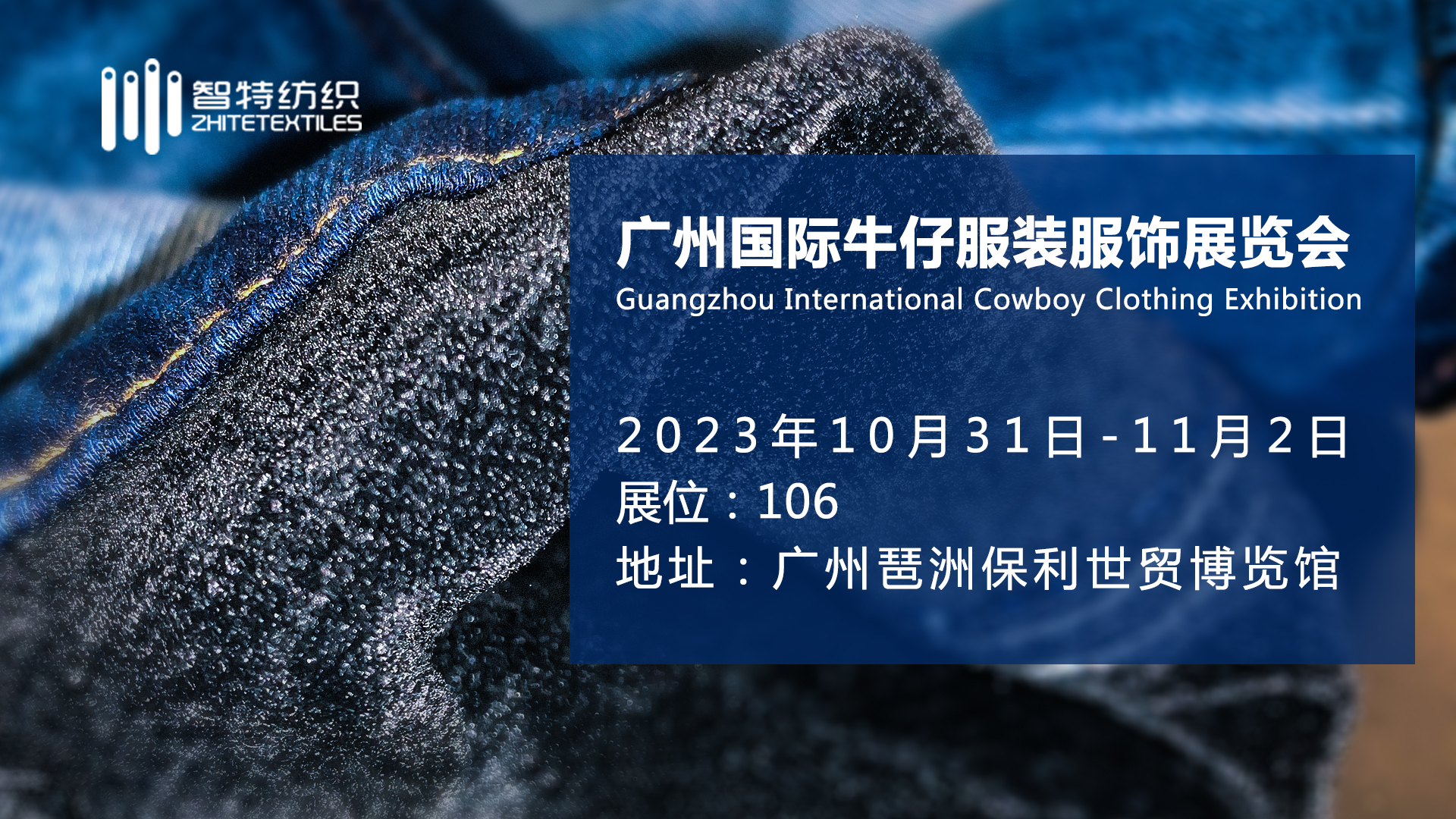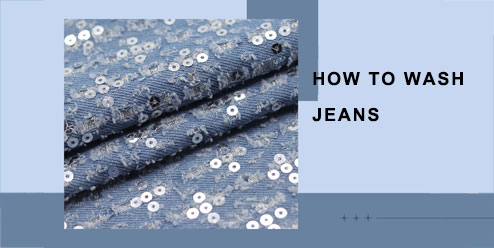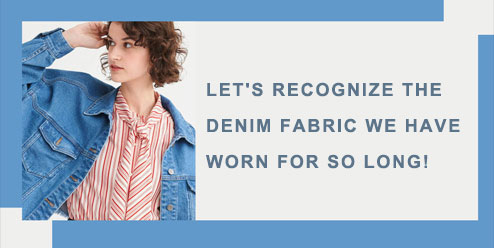Let's recognize the denim fabric we have worn for so long!
1. The origin of cowboys
When it comes to the origin of jeans, it is natural to mention the origin of denim. Denim, or Denim in English. The origin of this name is said to be a bit of a mixed bag.
Five hundred years ago, when Columbus discovered the New World, this kind of tough and practical rough cloth appeared, which was mainly used to make sails at that time. Because this cloth was originally produced in Nimes, a small town in France, it was named "Serge De Nimes" in French. When this twill serge fabric was first introduced to Britain, it was difficult for British businessmen to pronounce the French word "Serge De Nimes", so it was called Denim for short, which is also called denim, sometimes transliterated into denim.
Denim is the meaning of denim, but it has gone far beyond the name of a fabric. Denim clothing and accessories made of denim have grown up with movie stars, young generation and fashion designers, and never quit the fashion stage. Denim is the oldest fabric, because with denim, it is always young and never out of date.
Denim is a trendsetter who will never fall behind in the fashion world. No matter how the trend changes, denim can always easily enter people's vision. I believe that everyone has a denim dress, jeans, in his wardrobe.
2. Types of denim fabrics
At present, the common denim fabrics mainly include: elastic, non-elastic, slubby, non-slubby, hemp cotton, mercerized, coating and other high-quality fabrics.
Some people also divide into ordinary denim, combed denim, polyester cotton denim, stretch denim, slub denim, ring spinning denim, gold and silver colored strip, hemp cotton denim and other series of denim.
How to distinguish different types of denim?
Firstly, according to the thickness of denim, it can be divided into 4.5 A, 6 A, 8 A, 10 A, 11 A, 12 A, 13.5 A, 14.5 A, etc.
4.5 An is very thin and is often used as a summer women's vest and sleeveless shirt; 14.5 An is very thick, and can be used to make men's cotton-padded clothes in winter; Most of the jeans we often wear range from 8A to 12A.
From the perspective of the types of denim fabrics, it can be divided into plain, twill, herringbone, interwoven, slub, dark, and flocked denim... From the perspective of composition, denim can be divided into combed and combed, with 100% cotton, elastic (Lycra), cotton and linen blended, and tencel
3. Technological characteristics of denim fabric
How to sew a denim garment is also the key to design denim garment:
Train line: most of them are 2 points of single side and double open lines, and there are 2 points of single open lines and 2 points of double open lines. The train line color is generally earth yellow (equal to the color line), and there are also color matching lines. Pay attention to the cloth color line after washing water. Zigzag line and other special process lines. Thickened hand embroidery thread. Beat dates.
Ingredients: Cowboys mostly use I-shaped buttons, four-button buttons, bumpers, corns, leather tags, metal zippers, etc.
Marks: including, main mark, size mark, washing mark, flag mark, side mark, etc
In the past two years, some big brands have introduced 3D cutting, adding more pleats at the knees or one more face to better enhance the freedom of movement of jeans... while the cutting of jeans suits can reflect the skill of a stylist, especially the use of high elasticity, which is difficult to make the sleeves smooth, wrinkle-free and beautiful!
4. Denim decoration technology
In the past two years, the trend of jeans has been different from the past. In addition to paying attention to the change design of washing water, we also attach great importance to the treatment of jeans' decoration technology:
Denim raw edge: put the jeans under the leg, cut the pants with scissors, and add special thread; Many big brands do the same. Oh
Add machine embroidery: including the pattern and pattern design of computer machine embroidery
Hot diamond: This kind is very popular in the Russian market
Sticker embroidery, hand embroidery, bead embroidery: very crafty design
Glue printing: but be careful that the hand feel will be hard, and the pattern will fall off easily in the wash
Laser: burn all the colors of the cloth to reveal the color of its own cloth embryo, with a rendering effect.
Denim can also be matched with different fabrics, such as wool, imitation leather, corduroy, thick knitting (fleece, sweater), etc; There are many styles that denim can make, including five bags of jeans, denim shirts, denim coats, skirts, coats, etc. This is also where creativity and talent are reflected.






